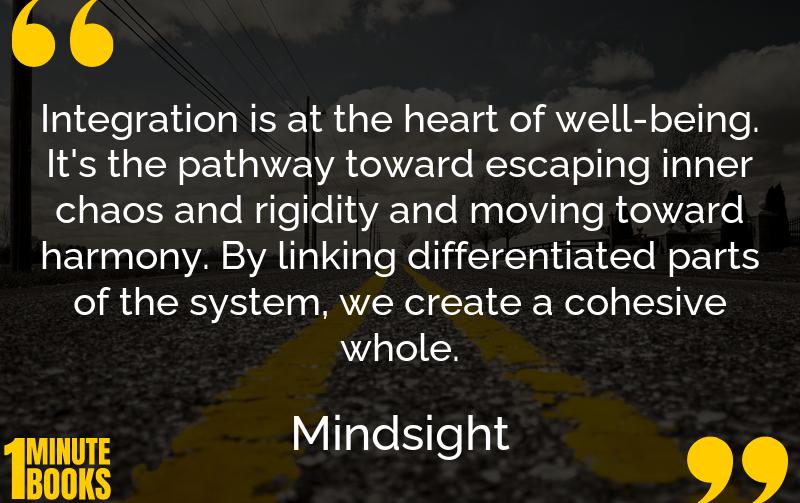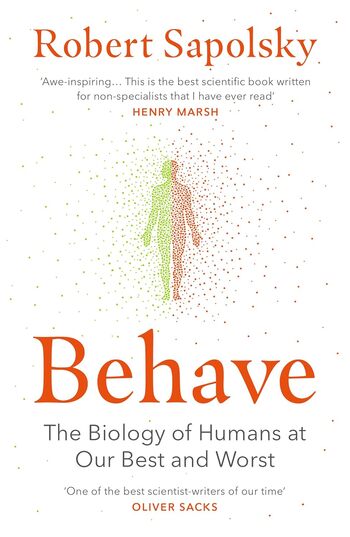
Mindsight explores the ‘seventh sense’ that bridges the mind, brain, and social contexts. It offers insights into emotional and social transformation using neuroscientific principles.
Main Lessons
- Mindsight is the ‘seventh sense’ that integrates our understanding of mind, brain, and social interactions.
- Our minds can be visualized as an ever-changing ocean, highlighting the fluidity and complexity of thoughts and emotions.
- Awareness of our minds allows us to break free from reactive emotional loops and transform our emotional wellbeing.
- Dr. Siegel’s work emphasizes the importance of creating new neural pathways for improved mental health.
- Interpersonal neurobiology views the brain as an organ of social interaction within an interconnected web of information.
- The triune brain model encourages vertical integration of brain stem, limbic system, and cortex.
- Mirror neurons facilitate empathy, suggesting our physical states can resonate with those of others.
- Neuroplasticity offers hope; through new experiences, our brains can literally rewire and heal.
- Mindsight aims to maintain a balance between chaos and rigidity for mental harmony.
- The brain’s integration of various domains is essential for overcoming personal obstacles.
- Techniques like mindfulness and meditation enhance integration and awareness of the physical self.
- Dr. Siegel underscores that achieving mental health relies on both brain and body integration.








